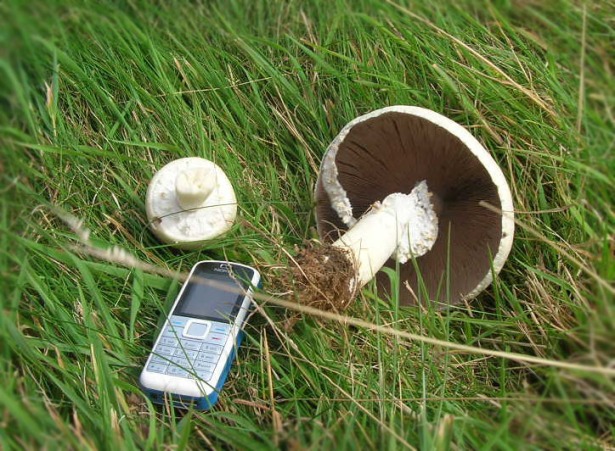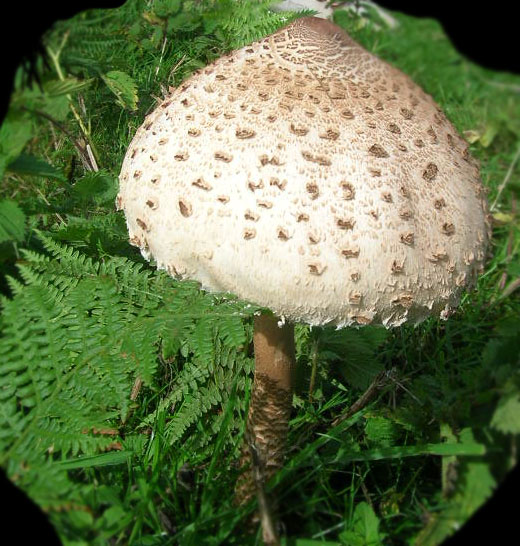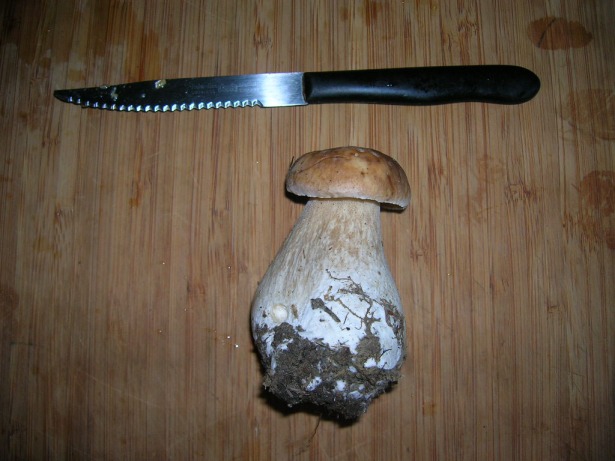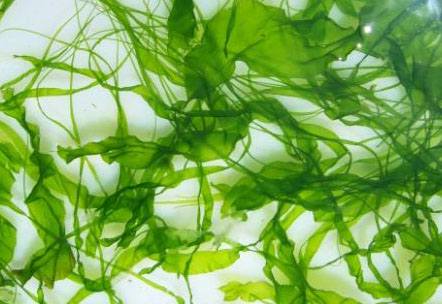Oddly enough now I don’t have to drink herbal teas, I’m really enjoying some of them! Mints are growing now, so lots of choices – chocolate, basil, apple, eau de cologne… or shall I just have peppermint? All taste so fresh, so green and lively. Mind you I am inundated with orders for mints that are really hard to keep up with given the slow start into growth – must be the herb of the year. Bistort is everywhere just now, and I’ve been making more traditional dock puddings, using oatmeal and a little chopped bacon with the variety of wild leaves around now.
River floodplains throw up some odd edible plants at times – in an old orchard next to the River Tay at its tidal extent Andrew found not only Ramsons (Allium ursinum), but also Three cornered leek (Allium triquetrum) and what we think was Field Garlic growing wild. They went into a salad to go with the first barbecue of the year last weekend. On a field trip with my countryside students this week, we enjoyed snacking on fresh lemony-sharp leaves of Wood Sorrel – a real appetite stimulant. We harvested a few juniper berries from the wild trees near Rumbling Bridge; they add a fantastic aroma and taste to game dishes. It was nice to note the pretty, bell-shaped flowers of the blaeberry or bilberry up in the hills, promising a harvest to come. Had another taste of bracken shoots, but I remain unconvinced. I don’t like the texture and the taste is woolly and bitter. Better wayside snacks are brand-new lime leaves, hawthorn shoots and the first broom buds, tasting of new pea pods, all available now.
Blackthorn, along with cherry blossom, seems to be very floriferous this year – I have noted where to go for sloes, but must find something other than gin to make with them, as we never seem to drink it all! Andrew’s explorations of relict orchards have identified potential pears in the autumn; we are looking forward to apple blossom time – just beginning here with our James Grieve wonder-tree against the shed.
Who else is back? HIRUNDO! the first swallows were spotted in Bankfoot on Sunday……. and an orange-tip butterfly…….. the ospreys are home, to and busy breeding…… St. G’eorges Day tomorrow – look out for St George’s Mushrooms! (and the dragons who got away).

 Tried something new in the wild food line – came upon reed mace (Typha angustifolia) by the Tay and extracted some young shoots. They were nice – a bit like asparagus, but tough outer layer needs to be removed. I think I’ll collect some more when they are taller, should get more for the effort. Typha’s an invasive, suckering plant, so no risk to wild population from taking a few shoots. Apparently the root is edible too (and indeed the flowers and even the pollen later), but roots looked a bit fibrous to me.
Tried something new in the wild food line – came upon reed mace (Typha angustifolia) by the Tay and extracted some young shoots. They were nice – a bit like asparagus, but tough outer layer needs to be removed. I think I’ll collect some more when they are taller, should get more for the effort. Typha’s an invasive, suckering plant, so no risk to wild population from taking a few shoots. Apparently the root is edible too (and indeed the flowers and even the pollen later), but roots looked a bit fibrous to me.


